“Should I be worried when I can constantly hear people fussing about their own data and its ownership and management, and yet they shove photographs of something as mundane as the hair on their head on FacialBook, InstantGramophones or whatever? Isn’t it enough to use your common sense and act accordingly?” Yours, a hermit living in the woods
There is something to be said for the concern expressed by this, albeit exaggerated and fictional, hermit. Of course, the photos adorning the hermit’s living room walls (depicting little more than stern faces) are no more than his anachronistic equivalent of the continuous flow of photos posted by a generation used to a more hectic environment. The modern-day online images are available for everyone to see, as they are meant to be. They can also be commented on, which is all part of the drill.
If there once was a time when we prepared for a photograph as we would for a holy ceremony, today the ceremony is less holy, or at least that’s the impression. The holiness is created – if it exists at all – when an active network gracefully or gracelessly expresses their views on the snapshot.
Others might also be worried when watching a group of joyfully babbling kids constantly shooting videos of themselves or others, looking seemingly careless and innocent, and unaware of the less pleasant characteristics of the world that surrounds them.
Let’s jump back to the photographs on the hermit’s living room wall for a second. The old man looking at them probably remembers the atmosphere and the moment when they were taken, and knows the people in the picture and the surroundings like the back of his hand. In addition to the pictures on the wall, the accompanying negatives may be rotting at the bottom of a drawer, stashed in an old biscuit tin. And that’s it, there’s nothing else left of them. In contrast, photographs or videos stored online contain so much more information: details about the images themselves, the person who shot them, the devices and applications they use, the places they inhabit in the real and virtual world, about their friends, acquaintances and hobbies.
When an old photograph is thrown in the sauna oven, for one reason or another, there’s not much left. Especially after the fire has been lit.
Deleting a photo from the virtual world barely scratches the surface that hides so much more information beneath. I wonder how many people understand this.
Maybe you should be a little worried. Fairly detailed profiles can be created of us by combining data from different sources. The amount of data and technological development are moving forward in such leaps and bounds that legislation, the way businesses work and our own understanding can barely keep up. We can’t go back to the olden days but maybe we should stop and think for a bit about what we are sharing when we share our photographs. Just to make sure there will be no regrets.
Fortunately, the future seems a little brighter when it comes to increasing understanding and maybe even making life a bit easier. The principles of a fair, human-driven data economy include the opportunity to see what personal data is stored where and who is holding it, among other things.
Fair data economy and other related topics were dicussed on 29-31 August 2018 at the MyData congress in Helsinki. Sitra’s IHAN® project on a fair, human-driven data economy was presented at the congress. See Sitra’s programme at the event.
#IHAN #MyData
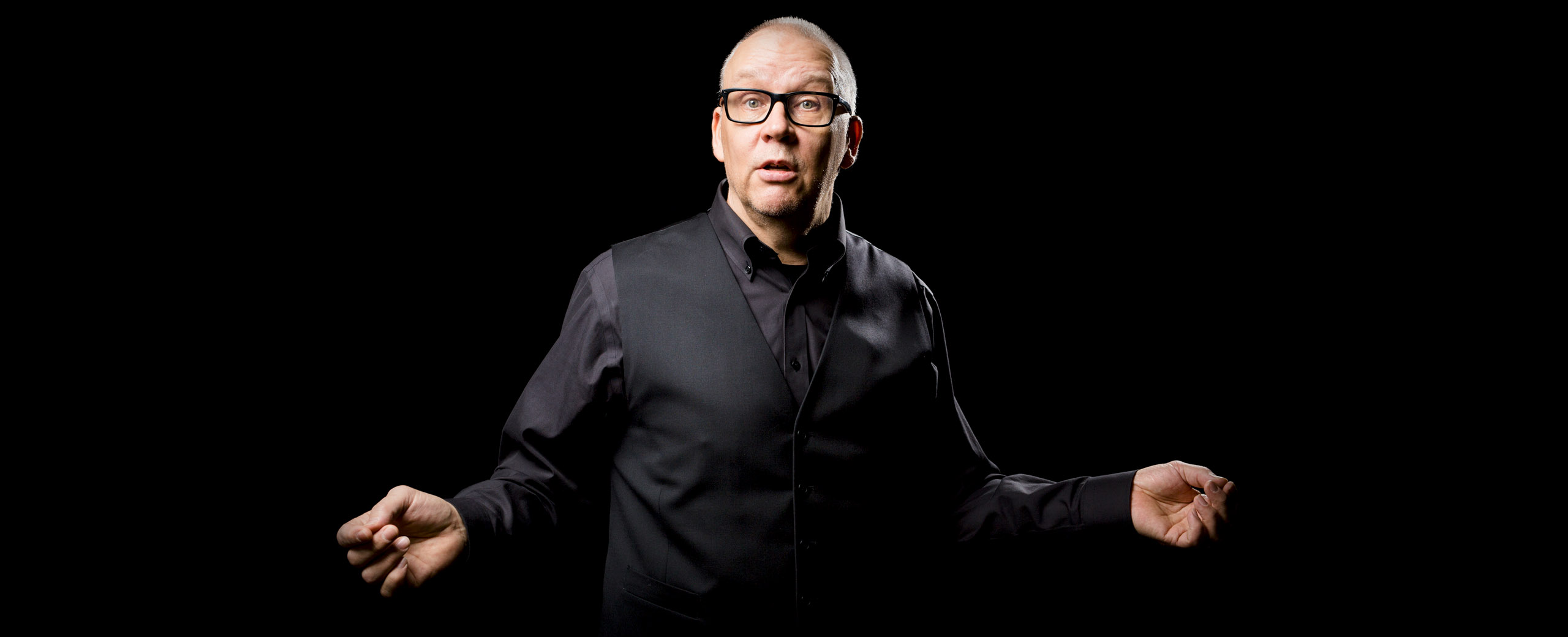
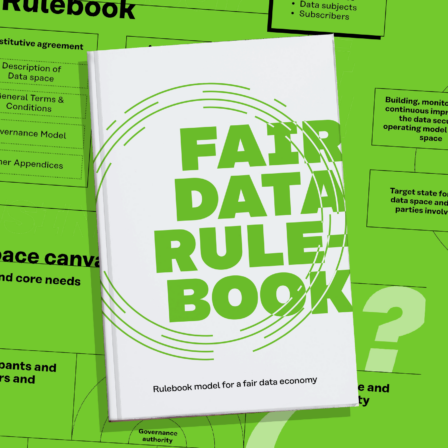
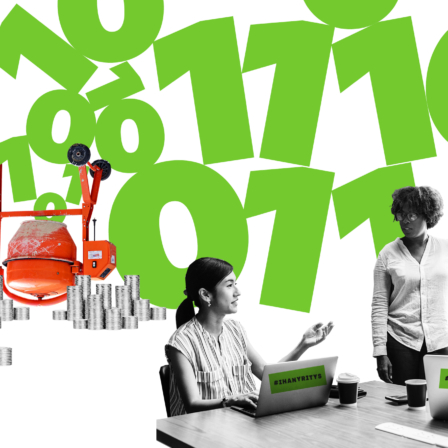

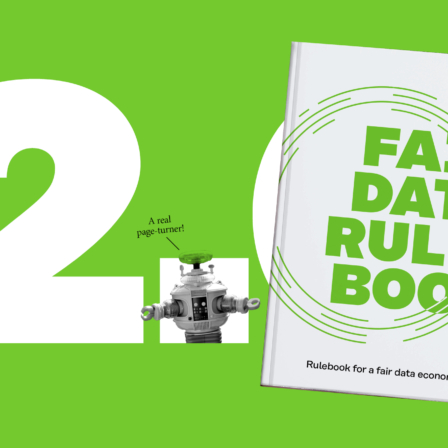

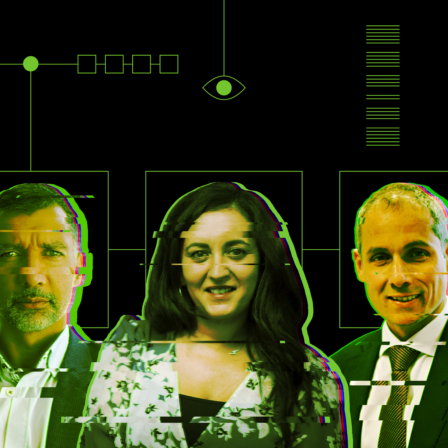
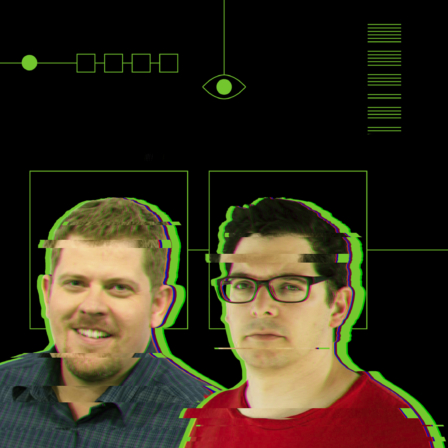
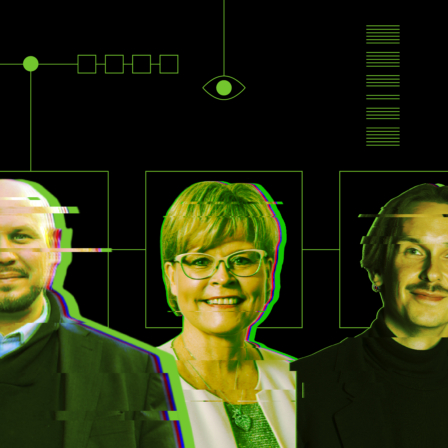

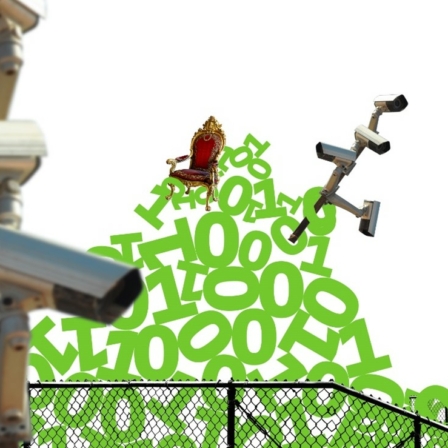


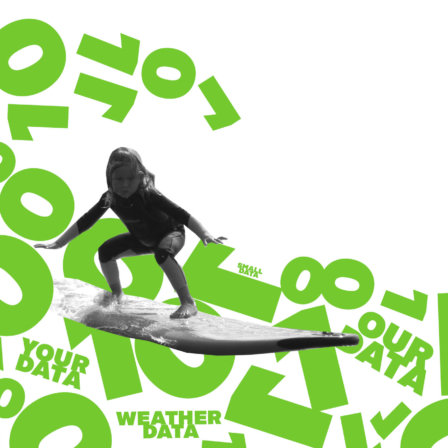



Recommended
Have some more.